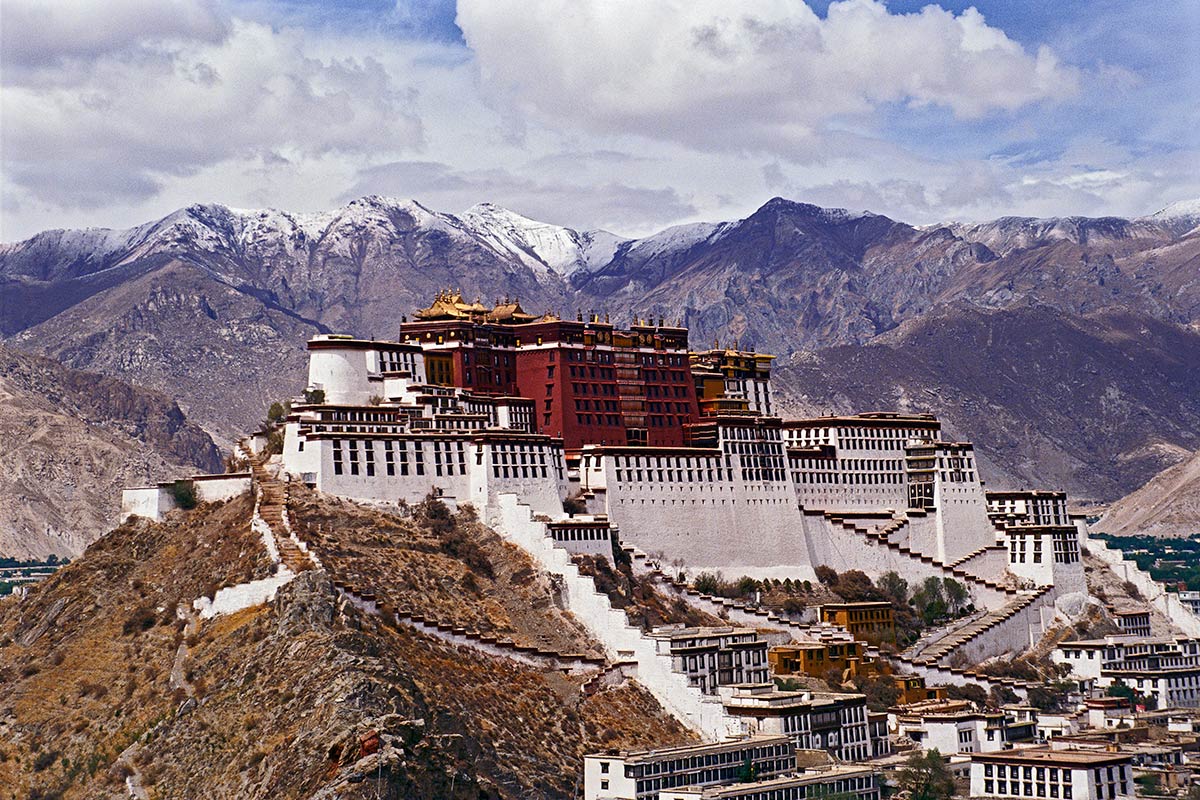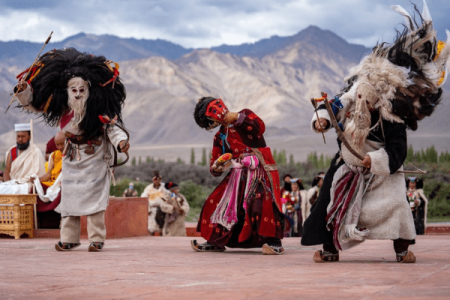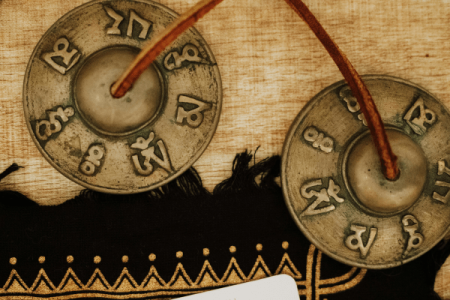Architectural Features and Layout
Gonbo Rangjon Rock is a significant natural landmark located near the village of Phyang, in the Leh district of Ladakh. Unlike man-made structures, Gonbo Rangjon Rock is a unique geological formation that stands out due to its massive size and distinct shape. The rock formation is not a built structure but an enormous rock that has spiritual and historical importance, with intricate carvings believed to be made by monks or locals centuries ago.
Main Feature (The Rock and Carvings)
The main feature of Gonbo Rangjon Rock is its colossal presence, which resembles a natural fortress. The rock is covered with ancient Buddhist carvings, including symbols, deities, and inscriptions that are believed to be of great religious significance. These carvings offer a glimpse into the region’s early Buddhist history and the traditions that prevailed in the area.
Cultural Significance
Gonbo Rangjon Rock is revered for its spiritual importance by local Ladakhi communities. It is associated with a popular legend in which the rock is said to house the spirit of a revered local monk. Pilgrims often visit this site to meditate, reflect, and seek blessings. The area around the rock is used by locals for prayer and spiritual gatherings.
Fort-like Structure
Although Gonbo Rangjon Rock is not a fort, the natural formation has a fortress-like appearance due to its height and imposing structure. The rock is perched on a high hill, offering a strategic vantage point over the surrounding landscape, making it a natural stronghold of sorts in the region’s history.
Roof and Viewpoints
From the top of Gonbo Rangjon Rock, visitors can enjoy panoramic views of the Phyang Valley, surrounding villages, and distant Himalayan ranges. The location offers an outstanding view of the stark beauty of Ladakh’s desert landscape, with vast stretches of barren land and snow-capped mountains on the horizon.









